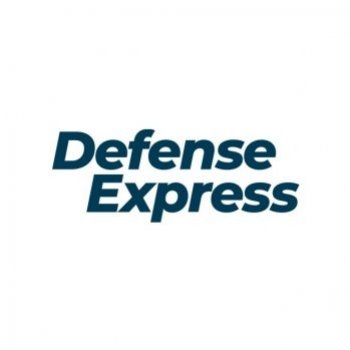Amid reports of the movement of M-1989 Koksan self-propelled guns produced by North Korea across russian territory, one might wonder how North Korea obtained such a specific artillery piece. This unique 170-mm caliber is not used in any other artillery system today.
To trace its history, we look back to 1978, when North Korea introduced the M-1978 Koksan during a military parade. Pyongyang's motivation for developing the system was straightforward: to extend the range of its artillery. At the time, the Soviet D-20 was the most common option in North Korea’s arsenal, with a range of 17.4 km using standard shells. In contrast, the Koksan, with its 50-caliber barrel, was claimed to achieve a range of 40 km with standard shells and up to 60 km with rocket-assisted projectiles.
Read more: What Makes North Korea's 170-mm Koksan Self-Propelled Artillery Special, and Why Are russian Propagandists Interested in It?

The choice of the 170-mm caliber was unusual. The Soviet standard caliber was 152 mm (6 inches), with the next size being 203 mm (8 inches). Meanwhile, 170 mm, which is 6.69 inches, is rarely encountered in the history of 20th-century artillery.
An exception was the German 17 cm K 18 heavy gun from World War II, which entered service with the Wehrmacht in 1941 and was used primarily for counter-battery fire. This system featured a firing range of up to 29.6 km and incorporated a dual recoil mechanism, combining hydraulic components with a rail system to move the carriage after firing.

German engineers had also planned to mount this gun on the Geschützwagen Tiger chassis for a self-propelled system, known as Grille 17. While that project never materialized, the M-1978 Koksan adopted a similar dual recoil mechanism.

Although the Koksan self-propelled artillery system shows similarities to the German 17 cm K 18, it is not a direct copy. It is plausible that the USSR transferred a few captured German guns to North Korea after World War II, providing a foundation for its development.
Another potential influence was Japan’s Type 96 coastal artillery system, which had a 15-cm caliber and was present on the peninsula after its liberation from Japanese occupation during World War II. While some speculate about an unknown Soviet coastal battery design as another source, no evidence supports this claim.

The S-23 did not see widespread adoption in the USSR. Reportedly, only seven units were produced in the 1950s and showcased at parades. During Khrushchev's missile mania, it was largely forgotten until the 1970s when it was exported to Syria, Egypt, Iraq, Somalia, and India. In Syria, it remains in use today. It is possible that the self-propelled gun was also offered to North Korea; while Pyongyang may have declined, it likely drew some inspiration from the design.
Identifying the Koksan is challenging because the system underwent continuous modifications in North Korea. A later version, the M-1989, featured an updated chassis and significant structural changes to the artillery component and the recoil mechanism.

Nevertheless, the origins of the Koksan can be traced back to the German 17 cm K 18. Its appearance in russia once again forms a traditional parallel between russia and the Third Reich. This is also initiated by moscow itself, as it is difficult to find any other explanation for the desire to acquire such a specific gun with a limited barrel lifespan and a firing rate of 1-2 shots every 5 minutes.
Read more: russia Considers Deploying North Korean Cheonma-2 or Armata Tanks Alongside Koksan SPA Against Leopard and Abrams Tanks













